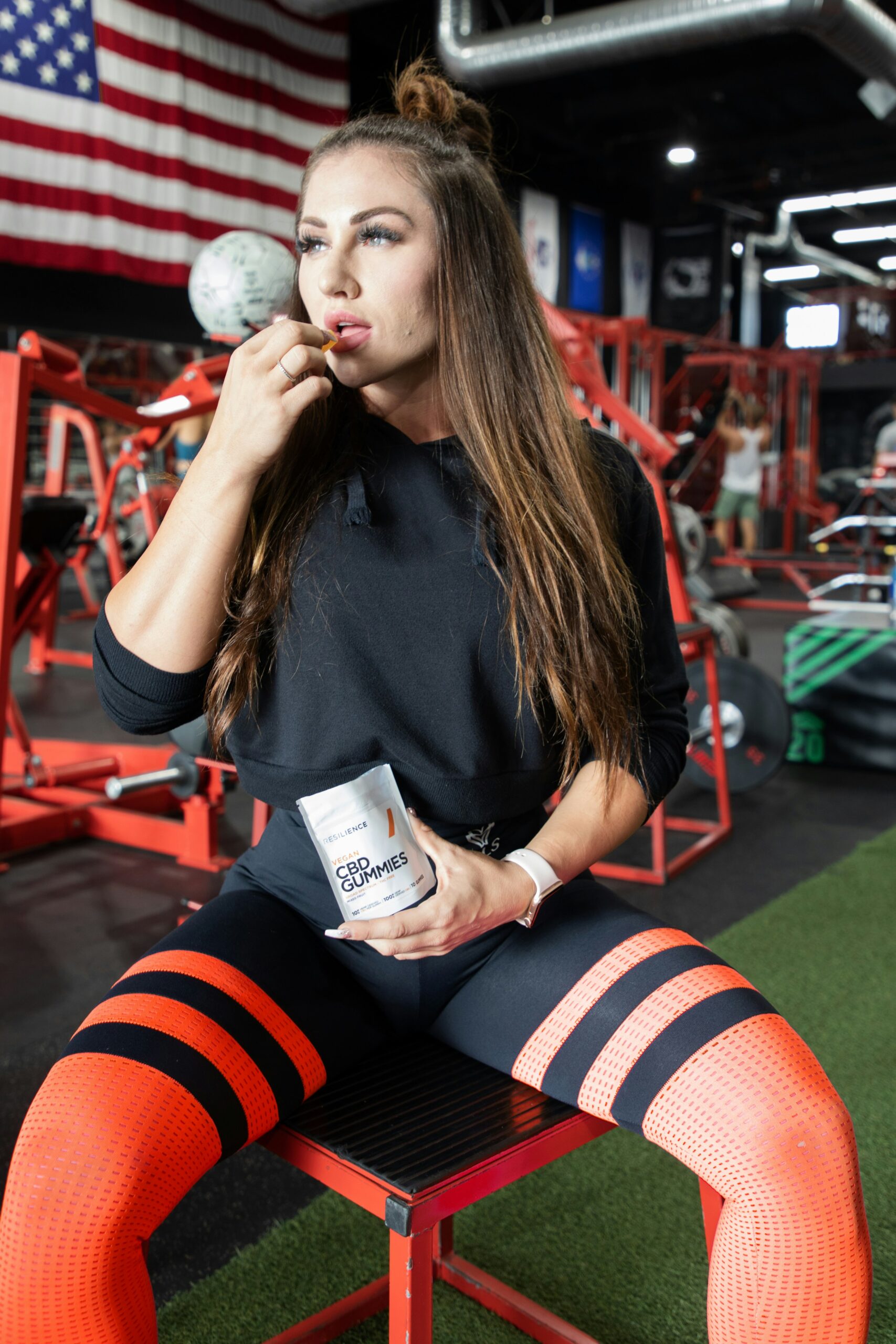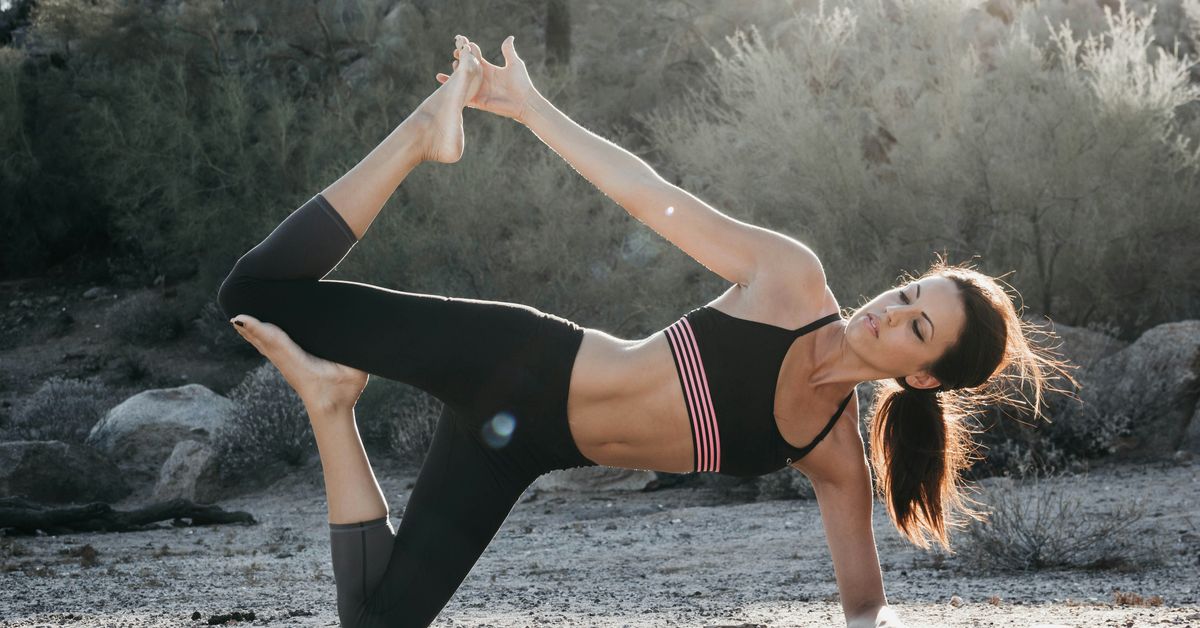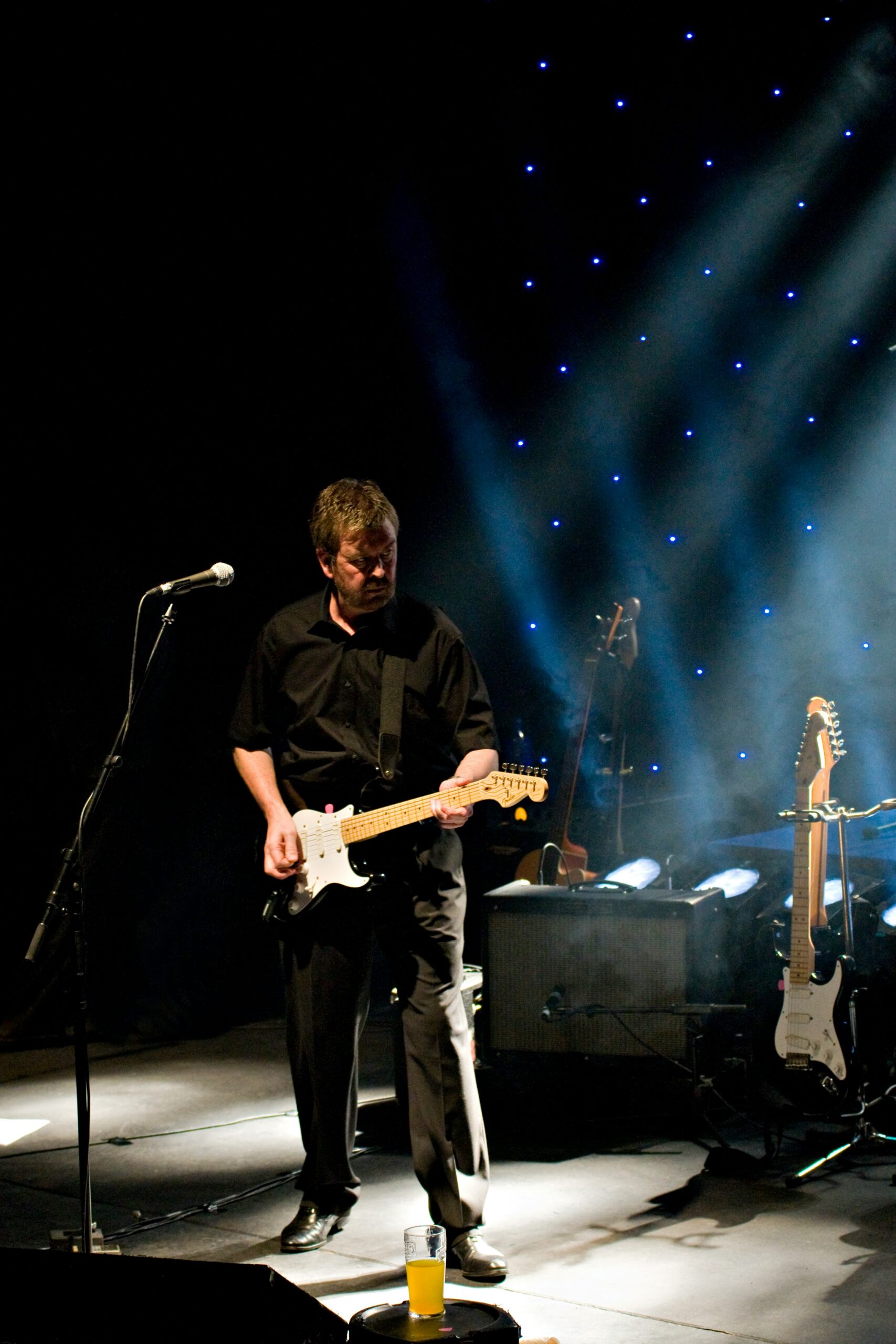Introduction: The Dance of Mind and Body
What if I told you that the secret to peak athletic performance doesn’t solely lie in raw talent or endless hours of practice? Instead, it might just be found in the delicate interplay of movement and mindfulness. As athletes push their bodies to the limits, a growing number of them are discovering that cultivating a focused mind can be as crucial as refining their physical skills. This notion struck me when I first witnessed a meditation session during a training camp—athletes sitting cross-legged, eyes closed, looking like they were ready to take on the world, but also at peace with themselves. It was an eye-opener, to say the least.
Understanding Movement: More Than Just Physicality
For ages, movement has been synonymous with sports. From sprinting to swimming, the physical aspect seems straightforward. But let’s peel back the layers a bit. Movement isn’t just about the muscles contracting or joints flexing; it’s about how these actions connect with the mind. Athletes often say they enter a “flow” state—where everything aligns and performance feels effortless. But how do they get there?
The Science Behind Movement
Research suggests that our brains and bodies are intricately linked. When an athlete engages in physical activity, the body releases endorphins, which can elevate mood and enhance focus. This physiological response is just the tip of the iceberg. Neuroscientific studies have shown that engaging in regular physical activity can lead to neuroplasticity—the brain’s ability to reorganize itself by forming new neural connections. In simpler terms, the more you move, the sharper your brain can become. It’s a win-win situation!
Movement as a Form of Expression
Think about it: every athlete has a unique style. Whether it’s the grace of a figure skater or the raw power of a football lineman, movement is a form of self-expression. Athletes often describe their sport as a canvas, where every sprint, jump, or throw is a brushstroke. I recall watching a gymnast perform a routine that was not only technically perfect but also deeply emotional. The way she moved told a story, and it was mesmerizing. That’s what we’re talking about—movement infused with purpose.
The Role of Mindfulness in Sports
Now, enter mindfulness. You might be thinking, “Isn’t that just some trendy buzzword?” Well, not quite. Mindfulness is a practice that centers on being present in the moment, acknowledging thoughts and feelings without judgment. In the context of sports, mindfulness can be a game-changer. It helps athletes tune into their bodies, hone their focus, and manage the pressures that come with competition.
Mindfulness Techniques for Athletes
So, how can athletes integrate mindfulness into their training? Here are a few methods that have gained traction:
- Breath Control: Focusing on the breath acts as an anchor, helping athletes stay grounded during high-pressure situations. Take a deep breath in… and let it out. Simple, yet effective.
- Body Scanning: This involves mentally scanning the body, acknowledging sensations without judgment. It’s like giving your body a check-up while you’re on the move.
- Visualization: Athletes often visualize their performance, picturing every move in detail. It’s like creating a mental movie of success, which can boost confidence and prepare the mind for the actual event.
Bridging Movement and Mindfulness: The Synergy
There’s a fascinating synergy that happens when movement meets mindfulness. Think of it as a duet where both players harmonize to create a beautiful melody. Athletes report that when they practice mindfulness while engaging in physical activity, they not only enhance their performance but also deepen their connection to their sport. It’s like discovering a new level of engagement—a way to be not just a participant but a true artist in their field.
Real-Life Examples
Let’s take a glance at some athletes who embody this synthesis. Take Kobe Bryant, for instance. The late basketball legend was known for his “Mamba Mentality,” a mindset that combined relentless work ethic with mindfulness practices. He often spoke about how meditation and visualization helped him maintain focus and mental clarity throughout his career. It’s a testament to the power of marrying movement with a centered mind.
Another notable example is Serena Williams, a titan in tennis. Williams has been open about her use of mindfulness techniques to prepare for matches. She incorporates breathing exercises into her routine, enabling her to focus her energy and remain present during high-stakes moments. It’s like she has this secret weapon that not only enhances her performance but also cultivates her mental resilience.
Challenges and Misconceptions
Despite the benefits, integrating movement and mindfulness into sports isn’t without its challenges. For one, there’s a misconception that mindfulness is only for athletes who are struggling mentally. In reality, it’s a tool for everyone—whether you’re a seasoned pro or just starting out. I mean, who wouldn’t benefit from a little extra focus, right?
Additionally, some athletes might find mindfulness practices too “touchy-feely” or unrelated to their sport. But this mindset can be limiting. Just like training your muscles, training your mind is essential for anyone looking to reach their potential. The key is to approach it with an open mind and a willingness to experiment.
Practical Steps to Get Started
Ready to dive in? Here are some practical steps for athletes looking to blend movement with mindfulness:
- Set Aside Time: Just like you schedule practice, carve out time for mindfulness. It doesn’t have to be long—start with 5 to 10 minutes a day.
- Incorporate Mindfulness into Workouts: Whether you’re running, swimming, or lifting weights, pay attention to your breath and sensations in your body. It’s about being present in the moment.
- Journal Your Experience: Keeping a mindfulness journal can help track your progress, thoughts, and feelings as you explore this practice.
The Future of Sports: A Mindful Approach
As we look to the future of sports, it’s clear that the integration of mindfulness and movement is gaining traction. Coaches are beginning to recognize the benefits of mental training, incorporating mindfulness sessions into their practice regimens. I once attended a workshop where a renowned coach emphasized that “a strong mind leads to a strong athlete.” It’s a sentiment that resonates deeply.
Moreover, organizations like the NFL and NBA are slowly shifting their focus to include mental health and mindfulness initiatives for their players. This paradigm shift signifies a broader understanding of what it means to be an athlete. It’s not just about physical prowess anymore; mental strength is equally important.
Mindfulness in Team Sports vs. Individual Sports
Interestingly, the application of mindfulness can differ between team and individual sports. In team sports, mindfulness practices can enhance communication and cohesion among players. Imagine a basketball team that practices mindfulness together—breathe as one, move as one. It fosters a sense of unity, which can be pivotal during high-pressure moments in a game.
On the flip side, individual sports can provide a unique opportunity for personal reflection. Athletes in sports like tennis or gymnastics can use mindfulness to connect deeply with their performance, focusing on their internal dialogue and emotional state. It’s a journey of self-discovery, and the benefits can be profound.
Conclusion: The Path Forward
In the grand tapestry of sports, movement and mindfulness are not just threads; they are the very fabric that holds everything together. As athletes continue to explore this dynamic interplay, they stand to unlock new realms of potential—both physically and mentally. I can’t help but feel excited about the future of sports. It’s evolving, and I’m here for it.
So, whether you’re a weekend warrior, a competitive athlete, or just someone who enjoys a good sweat, consider embracing the fusion of movement and mindfulness. You might just find that the keys to unlocking your true potential lie not just in the sweat of your brow, but in the calm of your mind.
In the end, the journey of an athlete is as much about self-discovery as it is about competition. And when movement and mindfulness join forces, the possibilities are as vast as the sky on a clear day. Now go out there, breathe deeply, move purposefully, and let your potential soar!




